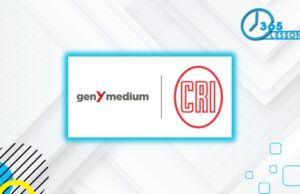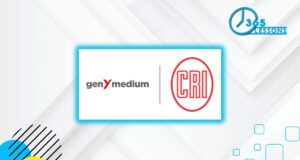Latest Tech News
All
- All
- Adsense Tutorials
- Affiliate Marketing
- Blogging Tutorials
- Digital Marketing Tutorials
- Email Marketing
- Featured
- GA4
- Gaming
- Google Adwords Tutorials
- Interview Questions and Answers
- Latest SEO Tutorials
- Media News
- Meta Advertising
- Programmatic Advertising
- Search Engine Optimization (SEO)
- Social Media Marketing
- Tech News
- Video Tutorials
- Web Development
- Wordpress Tutorials
- Youtube Tutorials
Cleartrip Welcomes Tavleen Bhatia as New CMRO: Charting a New Course...
On April 1, 2024, Cleartrip, a subsidiary of Flipkart, announced that Tavleen Bhatia took over as the new Chief Marketing and Revenue Officer (CMRO)....
Empowering Fluid Solutions: GenY Medium and C.R.I. Pumps Forge Strategic Digital...
Digital marketing solutions provider, GenY Medium, has partnered with C.R.I. Pumps to deliver fluid management solutions. In this arrangement, GenY Medium will be responsible...
Programmatic Advertising
Featured
Evolving GA4 for Smarter, Privacy-Focused Measurement
Digital marketers and website owners have been using Google Analytics for years to see how people interact with their websites. But now, Google is...











































